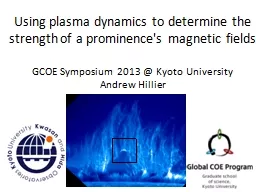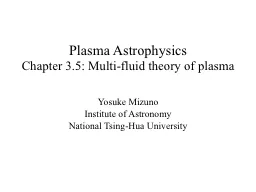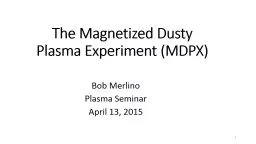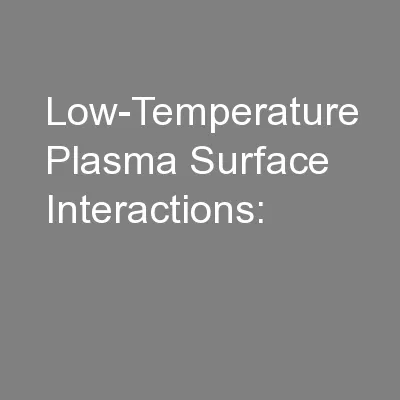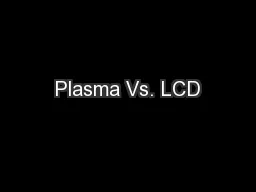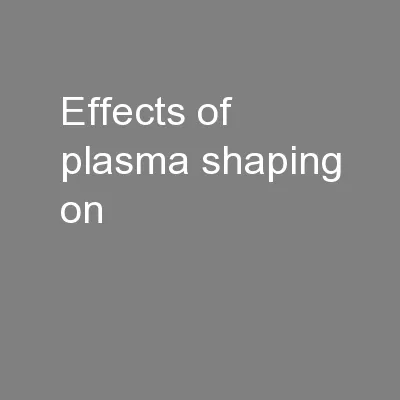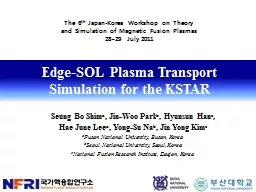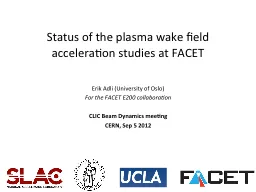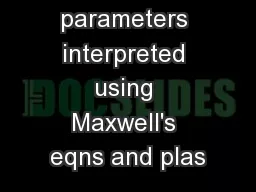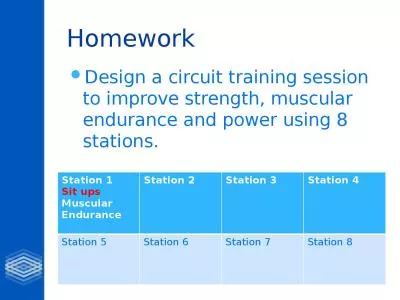PPT-Using plasma dynamics to determine the strength of a promin
Author : pamella-moone | Published Date : 2016-04-18
fields GCOE Symposium 2013 Kyoto University Andrew Hillier What is a Quiescent Prominence 10 Mm Image Quiescent prominence observed on 20071003 0156 UT in the
Presentation Embed Code
Download Presentation
Download Presentation The PPT/PDF document "Using plasma dynamics to determine the s..." is the property of its rightful owner. Permission is granted to download and print the materials on this website for personal, non-commercial use only, and to display it on your personal computer provided you do not modify the materials and that you retain all copyright notices contained in the materials. By downloading content from our website, you accept the terms of this agreement.
Using plasma dynamics to determine the strength of a promin: Transcript
Download Rules Of Document
"Using plasma dynamics to determine the strength of a promin"The content belongs to its owner. You may download and print it for personal use, without modification, and keep all copyright notices. By downloading, you agree to these terms.
Related Documents

